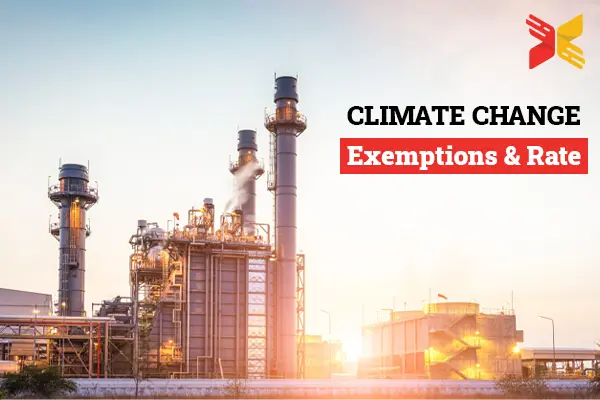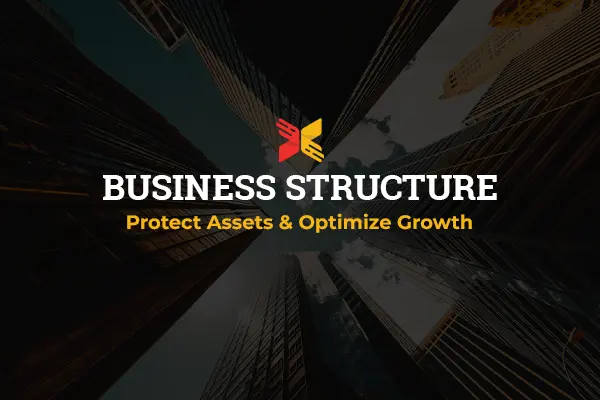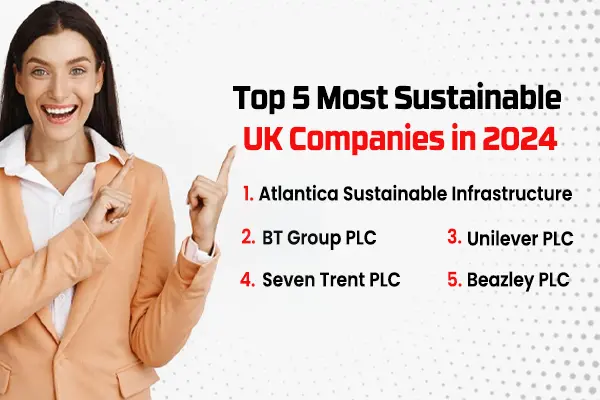What is the Climate Change Levy (CCL)?
The Climate Change Levy (CCL) represents a UK tax system designed to motivate businesses toward lower energy usage and lower greenhouse gas production. The levy proves applicable for commercial energy use that furnishes power to businesses alongside governmental entities although domestic consumers as well as selected proven charitable groups stay exempt.
The fund expects businesses to enhance their energy efficiency standards through targeted renewable energy investments. Organizations that decrease their energy consumption receive lower payments for the Climate Change Levy allowing them to dedicate those funds toward operational expenses. The financial strain from this levy becomes challenging but forces organizations to develop sustainability measures that strengthen their market position as sustainable practices gain increasing importance.
How Does the Climate Change Levy Work in the UK?
The Climate Change Levy UK applies to energy, gas, strong fuels, and liquefied petroleum gasoline used by companies. The levy is charged at unique Climate Change Levy quotes, which vary depending on the form of energy consumed. The authorities set these rates yearly and include them in energy bills as a separate charge.
Some groups can claim comfort or exemption from the CCL by meeting unique situations. For instance, agencies in power-intensive sectors can lessen their Climate Change Levy tax by signing a Climate Change Agreement (CCA). Additionally, certain bureaucracy, including the PP11 Form, should be completed to declare exemptions or discounts under particular situations.
What is the PP11 Form, and How Does It Relate to CCL Exemptions?
The PP11 Form is an essential record that lets eligible organizations make exemptions or reductions to the Climate Levy UK. This shape applies to entities using renewable power sources or meeting criteria for tax comfort beneath electricity efficiency schemes.
The PP11 Form online simplifies the exemption system by enabling organizations to claim their eligibility for decreased costs or exemptions without substantial paperwork. Businesses need to ensure the correct entirety of the PP11 Form to keep away from problems with compliance or consequences.
Another related shape, the PP10 and PP11 forms, is used for certifying and claiming precise exemptions under the Climate Change Levy exemption framework.
Where Can You Download or Complete the PP11 Form Online?
The PP11 Form download is available through HMRC’s official website, making it easily accessible for businesses. The digital submission of the PP11 Form online ensures quicker processing and minimizes administrative delays.
Businesses seeking a CCL exemption PP10 form or PP11 Form should ensure they have all the required information, such as energy consumption details and eligibility criteria. Online resources provide clear instructions for completing the forms, helping businesses comply with regulations while benefiting from tax reductions.
What Are CPS Rates and Their Connection to the Climate Change Levy?
CPS rates check with the Carbon Price Support quotes, an additional charge delivered alongside the Climate Change Levy tax to further promote sustainable electricity practices. These prices follow to fuels used in the power era and immediately influence the price of strength production.
Businesses producing their energy or buying from suppliers stricken by CPS quotes regularly face better operational charges. However, they can offset a number of these expenses by using Climate Change Levy exemptions, inclusive of submitting the PP11 Form to say discounts. Understanding the connection between CPS charges and the CCL is essential for companies aiming to manage expenses successfully.
How Can Businesses Benefit from Climate Change Levy Exemptions and Reliefs?
Businesses can substantially lessen their Climate Change Levy price by making use of exemptions or reliefs. Completing the PP11 Form is one of the key steps in claiming those blessings. Organizations in energy-in-depth sectors may additionally qualify for relief by entering into a Climate Change Agreement, which calls for committing to energy performance upgrades.
Moreover, groups generating renewable electricity or the use of it in operations can declare unique tax exemptions. These measures no longer most effectively lessen costs but additionally show a dedication to sustainability, which could enhance logo popularity.
What Are the Key Steps to Ensure Compliance with Climate Change Levy Obligations?
To remain compliant with the Climate Change Levy UK, businesses must follow these steps:
- Accurate Record-Keeping: Maintain detailed records of energy usage and payments.
- Submit Forms on Time: Complete and file the PP11 Form online or other required forms, such as the PP10 and PP11 forms, to claim relief.
- Monitor Updates: Regularly check changes in Climate Change Levy rates and legislation to adjust operations accordingly.
- Energy Audits: Conduct regular audits to identify opportunities for energy efficiency improvements.
Non-compliance can result in penalties or loss of relief eligibility, impacting a business’s financial health and reputation.
Conclusion
The Climate Change Levy (CCL) plays a vital role in the UK’s efforts to combat climate change by encouraging businesses to adopt energy-efficient practices. By understanding how CCL works, businesses can take advantage of reliefs and exemptions, such as those offered through the PP11 Form.
The connection between CPS rates, tax obligations, and exemptions highlights the need for careful planning and compliance. Utilizing resources like the PP11 Form download and staying informed about Carbon Change Levy UK regulations ensures businesses can manage their energy costs effectively while supporting sustainability goals.
FAQs
-
What is the Climate Change Levy (CCL)?
The Climate Change Levy (CCL) is a tax in the UK aimed at reducing greenhouse gas emissions by encouraging businesses to minimize energy consumption.
-
How Does the Climate Change Levy Work?
The Climate Change Levy is charged on energy delivered to businesses and is reflected as a separate line item in energy bills.
The rate varies by energy type and is updated annually by the government. Businesses in energy-intensive sectors can reduce their liability by signing Climate Change Agreements (CCAs) or claiming exemptions using forms like the PP11 Form.
-
What is the PP11 Form, and Where Can You Download It?
Businesses use the PP11 Form to claim exemptions or reduced rates under the Climate Change Levy scheme. It applies to companies eligible for relief, such as those using renewable energy.
-
What Is CCL Bad Debt Relief?
CCL’s bad debt relief allows businesses to claim back the levy paid on energy bills that customers have not settled. This relief helps businesses recover losses due to unpaid invoices while maintaining compliance with the Climate Change Levy return requirements.
-
How Can Businesses File a Climate Change Levy Return?
A Climate Change Levy return is submitted by energy suppliers to report the levy collected from customers. Businesses claiming exemptions or reliefs must ensure their documentation, such as the PP11 Form, is accurate and up-to-date.
















